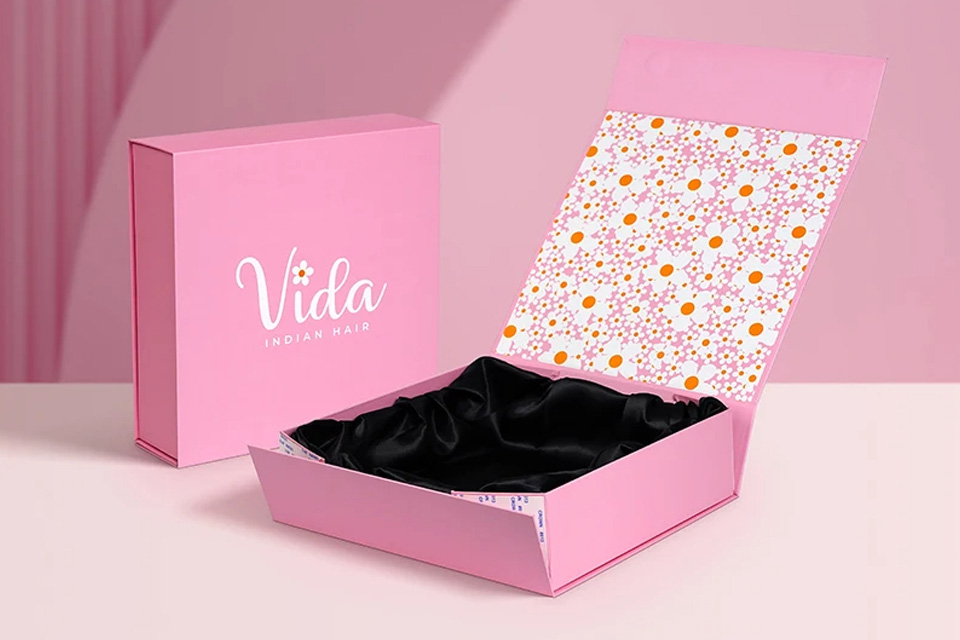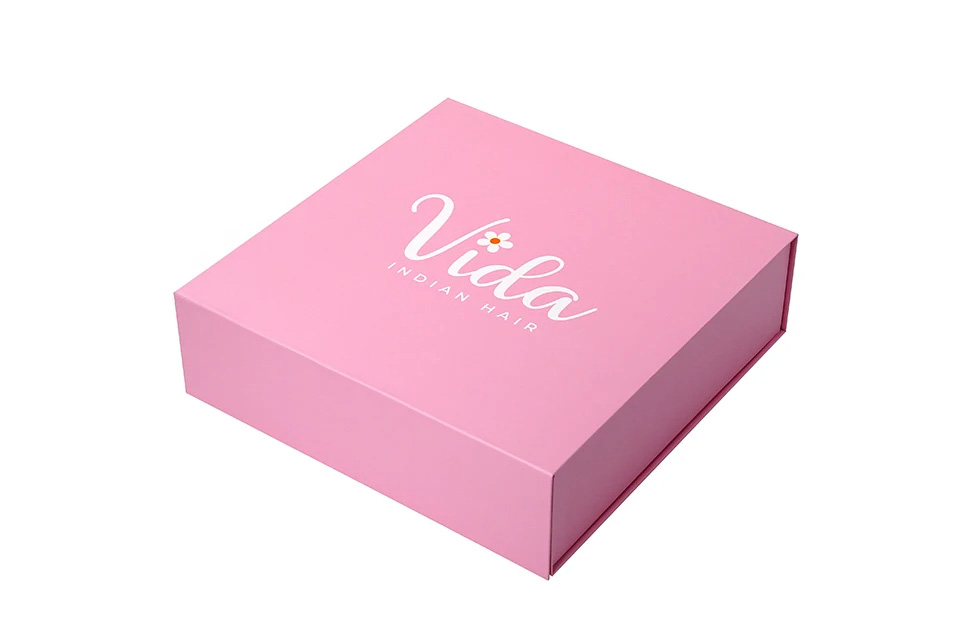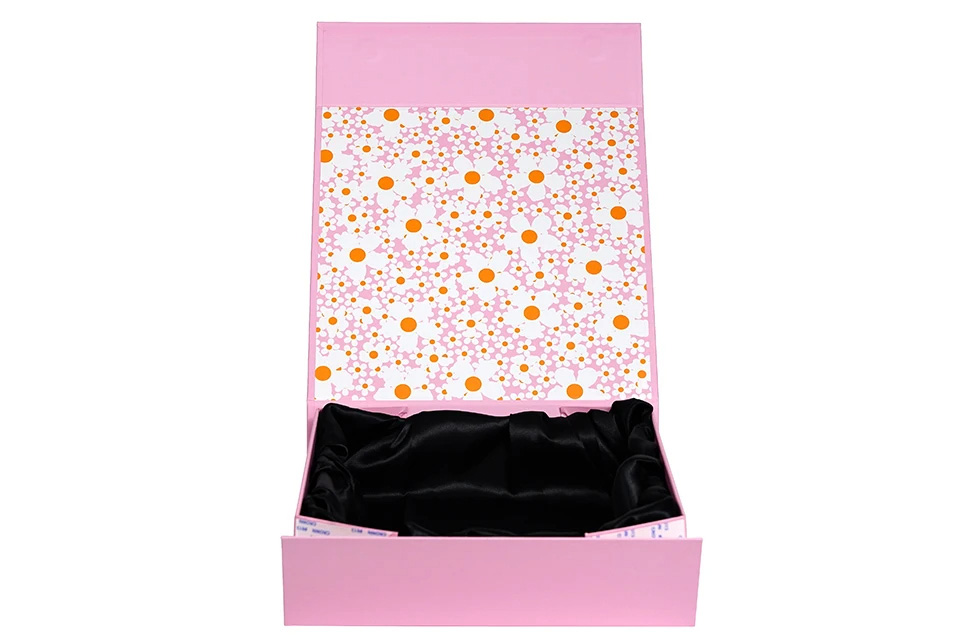The environmental protection road of gift box packaging design: green innovation and sustainable practice
The environmental protection road of gift box packaging design: green innovation and sustainable practice
Introduction
Driven by the dual drive of consumption upgrading and environmental awareness awakening, the gift box packaging industry is undergoing a profound transformation from "excessive luxury" to "green value". According to statistics from international environmental protection organizations, more than 130 million tons of waste are generated by packaging worldwide each year, of which gift box packaging accounts for 30%. Faced with the severe challenges of resource waste and environmental pollution, the environmental protection road of gift box packaging design has become a global consensus. This article will explore how to achieve a balance between environmental protection and commercial value through innovative design from four dimensions: material innovation, technology upgrading, circular economy and consumer awareness, and provide brands with sustainable development solutions that can be implemented.
1. Material innovation: from traditional plastics to eco-friendly alternatives
The research and development and application of environmentally friendly materials are the core path for gift box packaging to reduce carbon emissions.
- Breakthrough in bio-based materials: Replacing traditional plastics with plant-based materials such as bamboo fiber and sugarcane bagasse is not only degradable but also reduces carbon footprint by more than 60%. For example, Shenzhen Shiye Brand Design Company uses bamboo fiber to make gift boxes, which have passed the EU EN13432 biodegradable certification and become the preferred solution for high-end tea brands.
- Scaled application of recycled plastics: RPET (recycled polyester) materials are made into transparent gift boxes by recycling mineral water bottles. The strength is comparable to that of virgin plastics, and carbon emissions are reduced by 45%. For example, the RPET electronic product packaging box launched by Chuansheng Low Carbon has served technology companies such as Huawei and Xiaomi.
- Innovation of functional environmentally friendly materials: New materials such as water-soluble films and edible rice paper can not only meet moisture-proof needs, but also achieve "zero waste". The soluble cosmetics gift box launched by Shiseido in Japan can be dissolved in water as plant fertilizer after users unpack it, creating a new model for extending packaging functions.
Industry practice: Research by SGS, an international authoritative certification agency, shows that the customer retention rate of brands using environmentally friendly materials has increased by 22% (View SGS certification standards).
2. Technology upgrade: Dual empowerment of intelligence and structural design
Technological innovation is the key lever to solve the contradiction between environmental protection and cost.
- Intelligent reduction technology: Optimize the packaging structure through AI algorithm and reduce the material consumption by 20%-30%. The 3D modeling system developed by Xinpai Packaging can automatically generate the most material-saving folding solution, which has been applied to L'Oreal Christmas gift box production line.
- Functional structural design: Drawer-type and modular gift boxes realize "one box for multiple uses". Mihoyo's 2024 Dragon Boat Festival gift box is designed as a 20-inch suitcase, and the internal dry and wet separation storage system has a reuse rate of up to 90%, reducing the demand for secondary packaging.
- Digital interactive substitution: AR technology virtualizes physical packaging. P&G launched the "virtual unboxing" system, users can experience the gift box ritual by scanning the code, and the consumption of physical materials is reduced by 70%.
Data support: According to the "2025 Global Packaging Trend Report", the transportation cost of gift boxes with intelligent design is reduced by 18%, and the brand premium space is increased by 35%.
3. Circular Economy: A Closed Loop from Recycling to Regeneration
Building a recycling system is the infrastructure for the commercialization of environmentally friendly gift boxes.
- Single material standardization: Coca-Cola's "unlabeled PET bottle" design eliminates the problem of material mixing and improves recycling and sorting efficiency by 50%. This model has been extended to the field of mooncake gift boxes, and all PP gift boxes can be 100% recycled.
- Consumer incentive program: Nespresso coffee capsule gift boxes implement the "return 5 empty boxes for new products" mechanism, with a recycling rate of 82%, which is 3 times higher than the industry average (Reference case).
- Cross-border circular network: Autohome's 2024 Dragon Boat Festival gift box uses 1.6 million recycled plastic bottles to make hiking sets, and jointly builds a "production-use-recycling" ecological chain with outdoor brands.
Policy support: China's "Circular Economy Promotion Law" stipulates that the recycling rate of plastic packaging must reach 50% by 2030, forcing companies to establish a closed-loop system.
4. Consumer awareness: a paradigm shift from passive acceptance to active participation
The dissemination of environmental protection concepts requires the creation of perceptible value experiences.
- The combination of ritual sense and environmental protection: Kuaishou's "Steps with the Wind" gift box designs the opening of the box as an adventure game with layers of unlocking, replacing excessive decoration with interactive experience, and has been exposed on social media for more than 20 million times.
- Educational packaging design: Sanqi Interactive Entertainment's Dragon Boat Festival gift box is marked with "Carbon emissions reduced per box = 5 trees absorbed in 1 day", which directly conveys the value of environmental protection and improves employee satisfaction by 40%.
- Public welfare empowers brand value: Tencent's "Artist Keeper" series of gift boxes use handmade paper art by disabled people, and 5% of sales are donated to the Intangible Cultural Heritage Protection Fund to achieve two-way value-added for business and public welfare.
Survey findings: Deloitte's "2025 Consumer Behavior Report" shows that 68% of Generation Z are willing to pay a 10%-15% premium for environmentally friendly packaging.
Conclusion
The environmental protection of gift box packaging is not a simple material replacement, but an industrial revolution that integrates technological innovation, system thinking and cultural reconstruction. From the eco-friendliness of bamboo fiber gift boxes, to the digital breakthrough of AR virtual box opening, to the circular economy driven by "return incentives", every step of innovation is reshaping the value standards of the industry. In the future, only by implanting environmental protection genes into brand strategies - such as Transound's carbon footprint tracing system (official website case) and Xinpai Packaging's smart design patents - can we gain the upper hand in this green competition. When opening the gift box, consumers not only gain the product, but also a commitment to the earth. This is the ultimate meaning of environmentally friendly packaging design.



